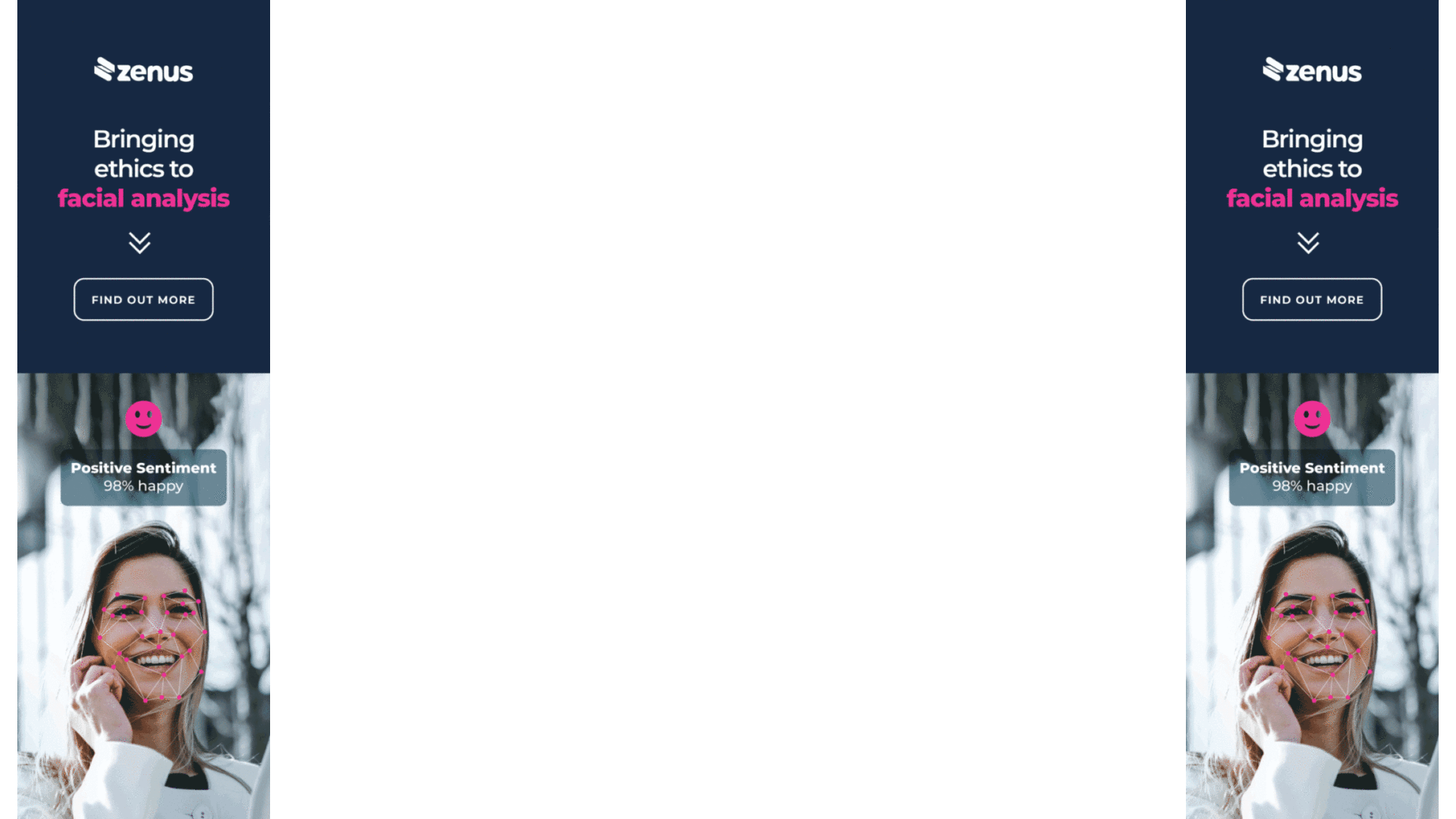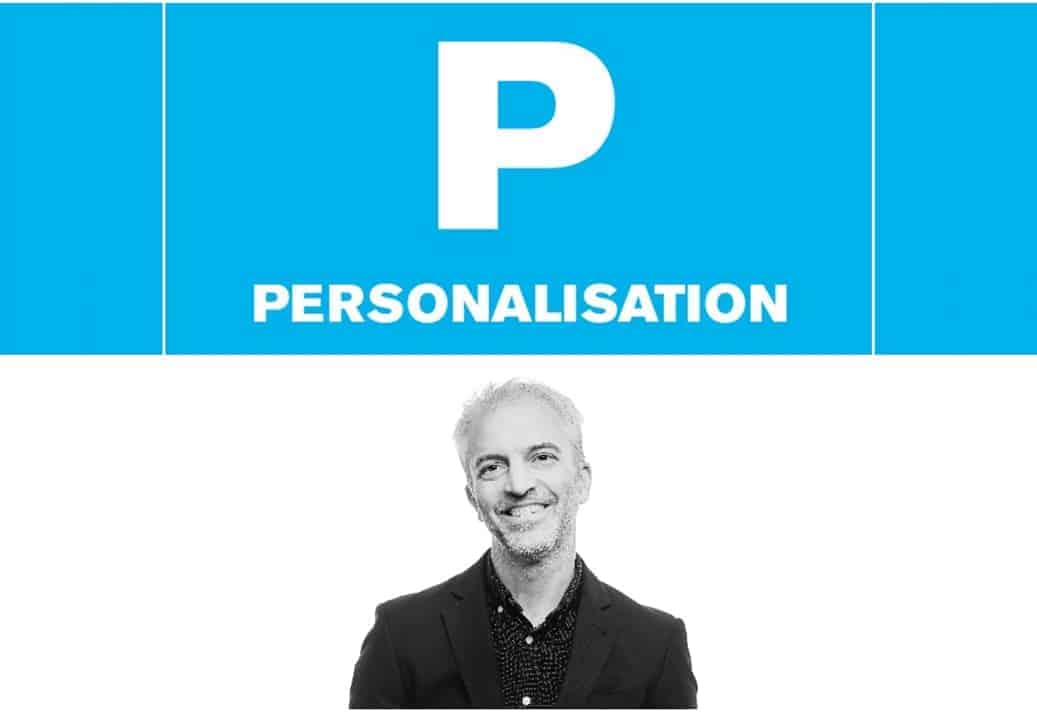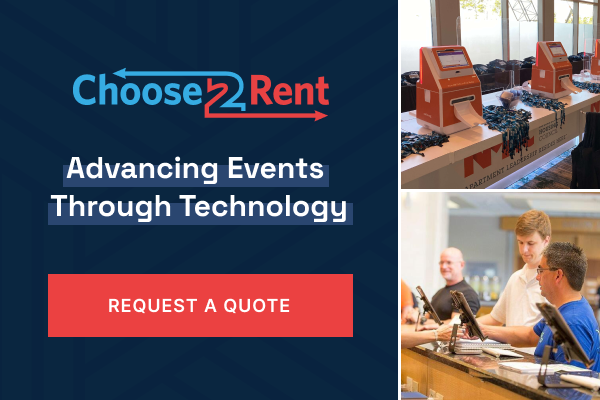By David Fisher, Sales Director EMEA at Freeman
Brands create personalised content for their customers every day —whether it’s an Amazon homepage which recommends new products off the back of your prior purchasing decisions, or email marketing that is segmented based on the preferences customers input into a survey and share with a business. The way we experience these companies is becoming more and more tailored, and the interactions we have are no longer the same as anyone else’s.
The ubiquity of personalised online experiences means we’ve come to expect to be communicated to in this way — it’s no longer a nice to have, but a must have. We should carry this thinking through to the live space and incorporate personalisation into the experiences we create for our clients and their audiences. It we fail to do so, they could be left behind.
Our industry has no doubt begun to embrace the trend, for example, at the most recent instalment of digital marketing trade show dmexco, an exhibitor opted to give printed bags away to attendees. These weren’t any old bags —individuals could choose from a range of different images and pick exactly what they wanted to have printed on them. This simple strategy proved very effective as it meant visitors could leave the stand and wider event not only with a memento, but also with something that was unique and personal to them, and in which they played a part in creating. The stand was constantly busy, with people lining up to create their own bag, and it meant the exhibitor was able to capture valuable attendee data — visitors were required to enter their personal details via a touch screen in order to collect their bag.
The importance of pre-event engagement
Event success is the product of many factors, one in particular being the pre-event approach. This phase presents the perfect opportunity to get to know our audiences before an event begins. There might be the option to refer to attendee data from previous years, or if it’s a completely new event, or the attendee hasn’t visited the event before, the pre-event registration will prove especially important. By asking key questions about the individual’s interests, preferences, what they are looking to get out of an event and even location, we can ensure they are communicated to in a way that is tailored to them pre-event, and their feedback can be used to inform the event experience itself.
Following registration we can send our key audiences communications highlighting which sessions or exhibitions might be of interest, and on opening day, provide them with a goody bag or other take away that reflects this. The information can also be used to develop an event’s content strategy, ensuring sessions are relevant to attendees, and it can be incorporated into the design and overall messaging of a client’s exhibition stand.
Leveraging tech in all of the right ways
When it comes to creating personalised experiences, technology can be incredibly valuable, however it needs to be used in the right ways. While it might look impressive, a TV wall showcasing a company’s latest brand video doesn’t necessarily acknowledge the attendee; self-service touchscreens can remove the need for manual data entry, however their purpose mustn’t end there. For example, rather than simply capture an attendee’s personal information, the tech could then display a number of features and benefits that might appeal to the individual, based on the details they input.
Immersive technologies like VR, AR and mixed reality can also be personalised ahead of the event. Drawing on our knowledge of the visitor, we can create experiences that provide an answer to attendees’ most common bugbears or desires —it could be a tutorial that highlights how an airplane’s engine can be optimised, or a walkthrough of a new five-star hotel in Thailand. We also have real-time feedback technology at our fingertips, which allows attendees to share their thoughts on a session or breakout immediately, allowing the facilitator to change their approach accordingly. Furthermore, this insight into what delegates want can be used to inform the structure and overall event for the following year.
Personalisation is now incredibly important across all mediums. While it may not always be possible to personalise a visitor’s entire experience of an event or exhibition stand, particularly if the client is looking to engage multiple audiences, it’s important we conduct the relevant research to understand their concerns, thoughts and feelings and incorporate these into the experience.










